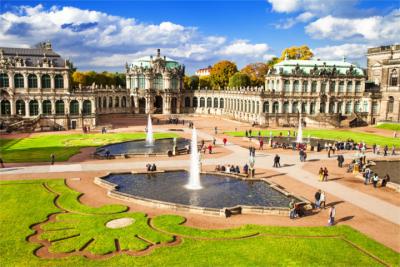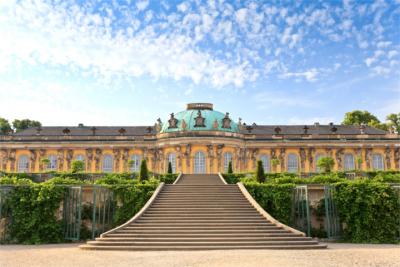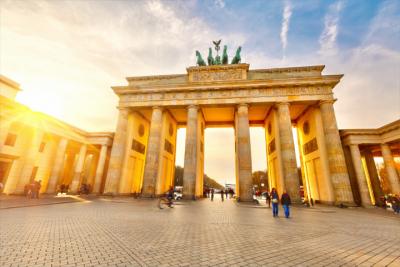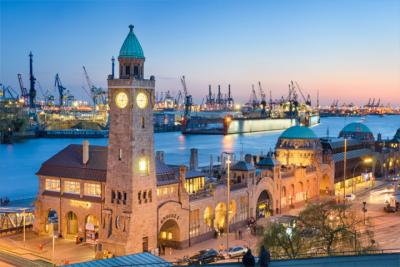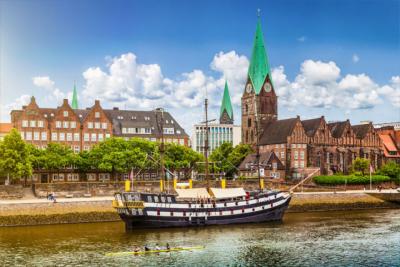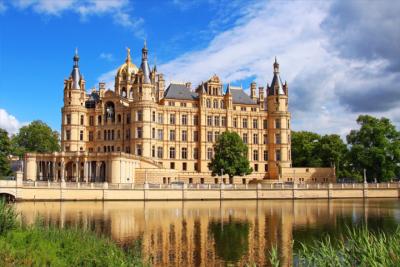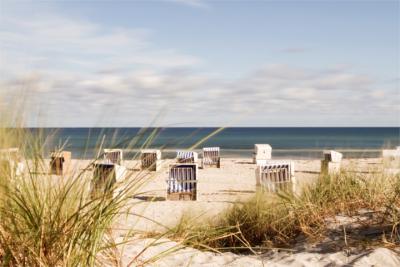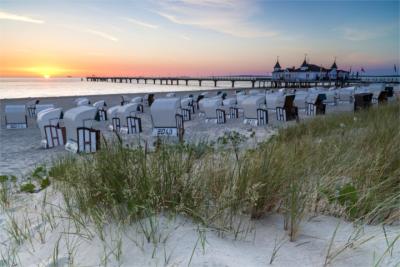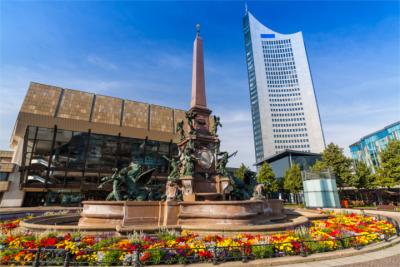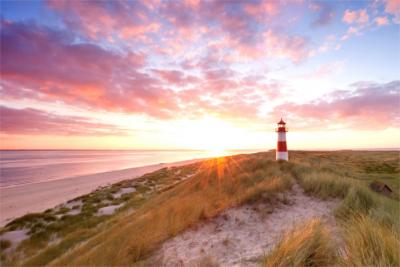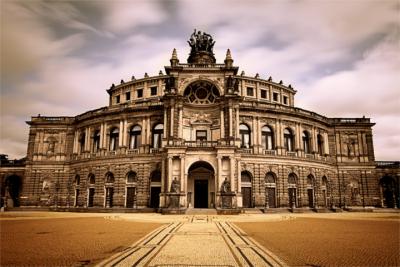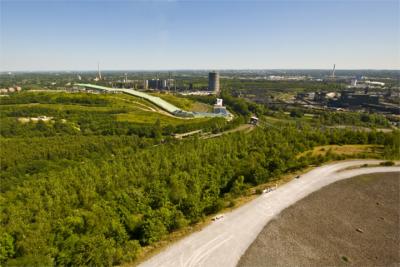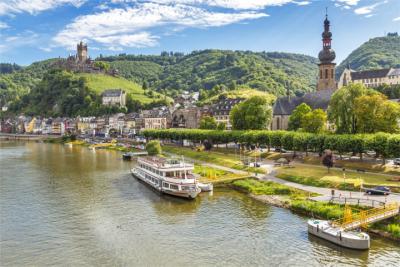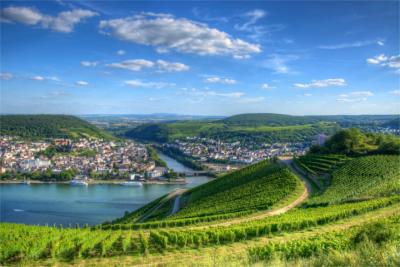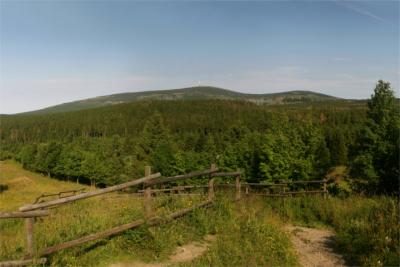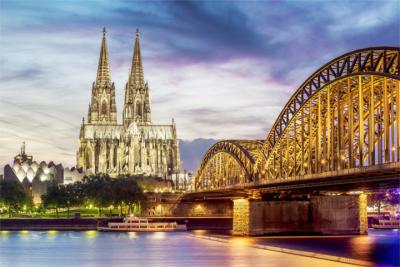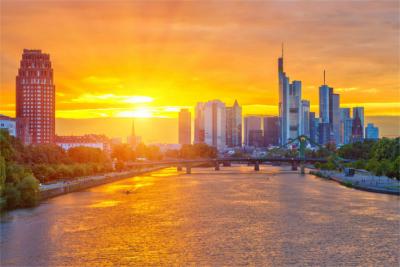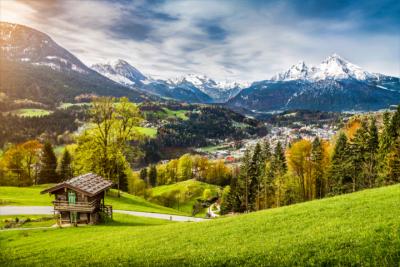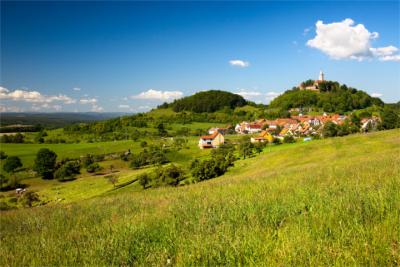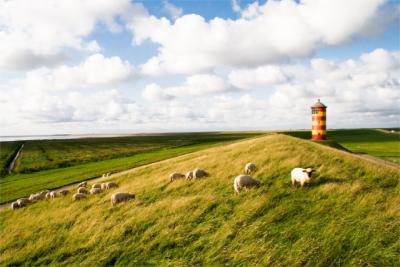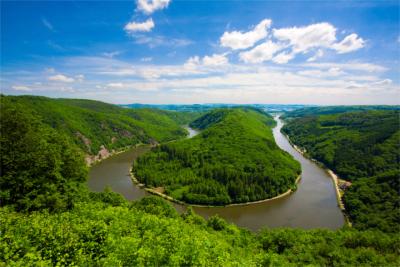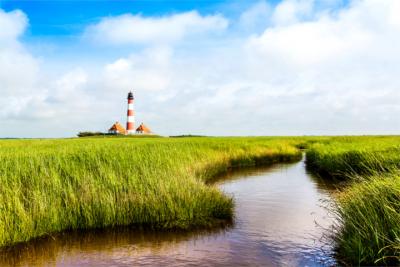Travel Offers
Travelmyne Featureprint
Distance
Lower Saxony - Varied Natural and Cultural Landscapes
Flat plains in the north and mountainous areas in the south create a varied landscape. While the beaches invite travellers to bathe and relax in summer, the mountains offer great conditions for doing winter sports. The Autostadt in Wolfsburg, various leisure parks and beautiful cities with an exciting nightlife offer variety.
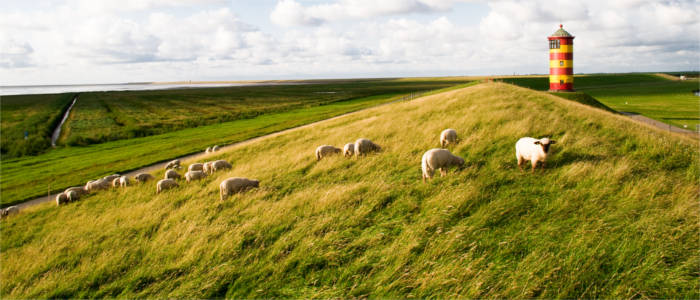
Geography - The second largest German state
Lower Saxony is the second largest state in Germany with an area of 47,624 km² and is surrounded by nine of the 16 German states as well as by the Netherlands. In the north, it borders on the North Sea, which makes the region known across its borders. Popular destinations are the East Frisian islands of Juist, Borkum, Norderney and Baltrum. The capital of Hanover is populated by about 518,000 people. Other interesting cities are Lüneburg, Osnabrück, Cuxhaven, Goslar, Göttingen, Hamelin, Oldenburg and Braunschweig. Lower Saxony has temperate climate and lies in the transition zone between the maritime and the continental climate, which is most noticeable in the heartland. This is also apparent from the great temperature fluctuations between the seasons and from the irregularly distributed amount of precipitation.
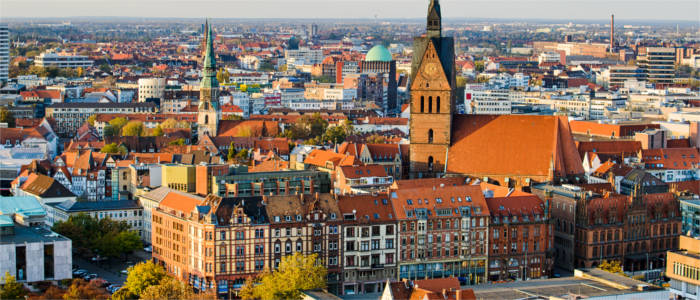
Nature - From the Wadden Sea to the Lüneburg Heath to the Harz
Lower Saxony's scenery is mainly characterised by flat plains because 75 percent of the state's area are located in the North German Plain. Significant natural borders are the North Sea in the North and the Harz in the south-east. In the south, you see the Lower Saxon Hills with regions such as the Weser Uplands, the Leine Uplands and the Brunswick Land. The highest peak is the Wurmberg in the winter sports region of Braunlage, which is 971 metres high. The famous Lüneburg Heath, a heath and forest landscape with an area of about 7,400 km², is located in the north-east of Lower Saxony and constitutes one of the most popular tourist destinations in Northern Germany. Lovers of nature enjoy visiting the Harz National Park, the Steinhuder Meer (a lake) and the TERRA.vita Nature Park with the Teutoburg Forest as the most frequently visited area. Important flowing waters are the four rivers of the Ems, Weser, Aller and Elbe, which cross the state from south to north. The Ewiges Meer ("eternal sea"), Germany's greatest bog pond, and the Maschsee, a popular local recreation area, also attract numerous travellers. Children are drawn to the Serengeti Park, the Lüneburg Heath Wildlife Park or the Weltvogelpark Walsrode (Walsrode Bird Park).
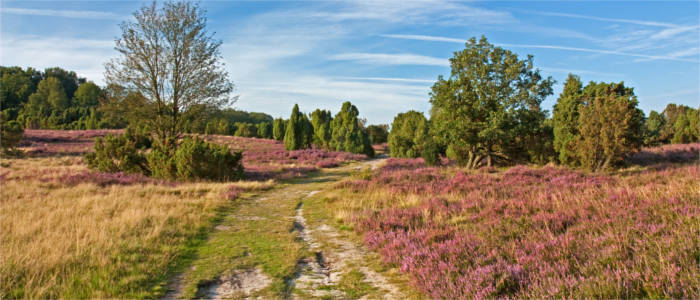
Culture - Following the traces of the Pied Piper of Hamelin
One of the best-known German legends originated in Lower Saxony: the "Pied Piper of Hamelin". It tells of a man in colourful clothes who came to Hamelin in 1284, which was infested with rats at the time. He promised to free the town of rats for a certain amount of money. The inhabitants agreed and the man lured the rats out of the town and into the Weser by playing a flute. When the inhabitants refused to pay him, he was very angry and left. A little later, he came back disguised as a hunter but this time he did not lead away the animals but the inhabitant's children. The Rattenfänger-Freilichtspiele ("Pied Piper Open-air theatre), which take place in summer every year, as well as the chimes at the Hochzeitshaus ("wedding house") commemorate the legend recorded by the Brothers Grimm to the present day. The cities of Göttingen, Hanover, Hildesheim and Goslar attract travellers with their beautiful historical old towns. Goslar is even part of the UNESCO World Cultural Heritage. There is also a number of castles and museums. You should not miss out on a visit to Marienburg, Oldenburg, Fallersleben, Gifhorn Castle and Dankwarderode Castle. Examples of interesting museums are the Lower Saxony State Museum in Hanover, the German Salt Museum, the Herzog Anton Ulrich Museum, the Wilhelm Busch Museum, the Felix Nussbaum Haus and the International Wind- and Watermill Museum.
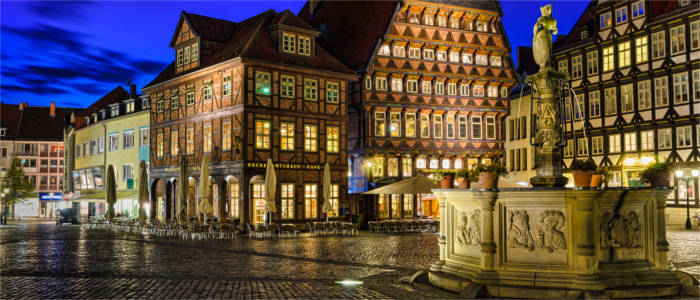
Experience - Baroque gardens, fresh fish and the Autostadt
Travellers are offered a wide range of sights and activities in this region. You can walk through the historical old towns and enjoy the numerous shopping facilities. Worth seeing are the Herrenhausen Gardens in Hanover with the Great Garden, one of the most significant baroque gardens in Europe. Holidaymakers can relax at the beach by day and party in the clubs in the big cities by night. You can also taste culinary delicacies. While you can enjoy fresh fish in a maritime atmosphere while walking along the North Sea or the Steinhuder Meer, the cities offer a variety of cafes and restaurants. History enthusiasts can satisfy their intellectual curiosity in Kalkriese. The town hosts an exhibition of Roman and Germanic finds from the time of the Battle of the Teutoburg Forest (9 BC). People who are interested in cars will love the Autostadt Wolfsburg. They can marvel at different models of the makes Audi, Lamborghini, Seat, Škoda, Porsche and Volkswagen (VW), some of which date back to the 19th century, and learn about the history of the car industry. A family highlight is a trip to the Heide Park Resort near Soltau or a visit of the phæno in Wolfsburg, which kindles an interest in science and technology in visitors of all ages.
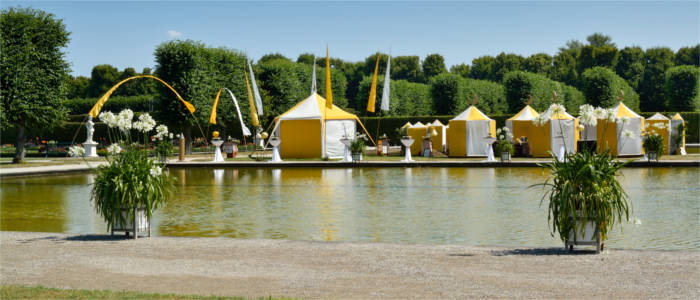
Activities - Relaxing at the beach or doing winter sports in the Harz
When you are on holiday in Lower Saxony, you can go bathing, do water sports, relax at the beach at the North Sea or do winter sports in mountainous regions like the Harz. Travellers who want to go skiing in summer can visit the Snow Dome Bispingen. Besides countless hiking trails, there is a great number of cycling paths, on which you can explore the region. Another great way of getting to know Lower Saxony is by going camping. No matter if you reside in a camping van or a tent, the countless certified camping grounds promise a special holiday experience. One highlight is without doubt a walk across the mudflats in the Wadden Sea, which was declared a World Natural Heritage site by the UNESCO in 2011. There is no room for boredom in Lower Saxony.
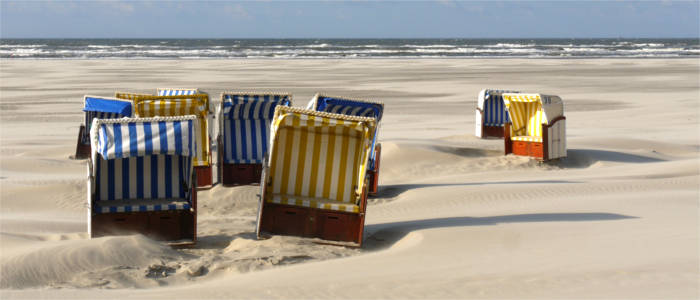
Information
Arriving in Lower Saxony is easy. Whether you take the plane, car or train, the region has an excellent infrastructure. The people in Lower Saxony speak Standard German. The people in the north, however, especially on the East Frisian Islands, speak Low German (Plattdeutsch).
Lower Saxony with the East Frisian Islands is one of the most popular travel destinations in Germany. The region offers an abundance of sights and events in the areas of nature, culture, shopping, party, history and leisure activities, which provide variety in both summer and winter.

